A guide to Saudi Arabia’s nature reserves: King Salman Bin Abdulaziz Royal Natural Reserve
The largest protected area in Saudi Arabia is a landscape of natural and archaeological riches. As it opens up to tourists, we ask how this fragile land will be restored ?
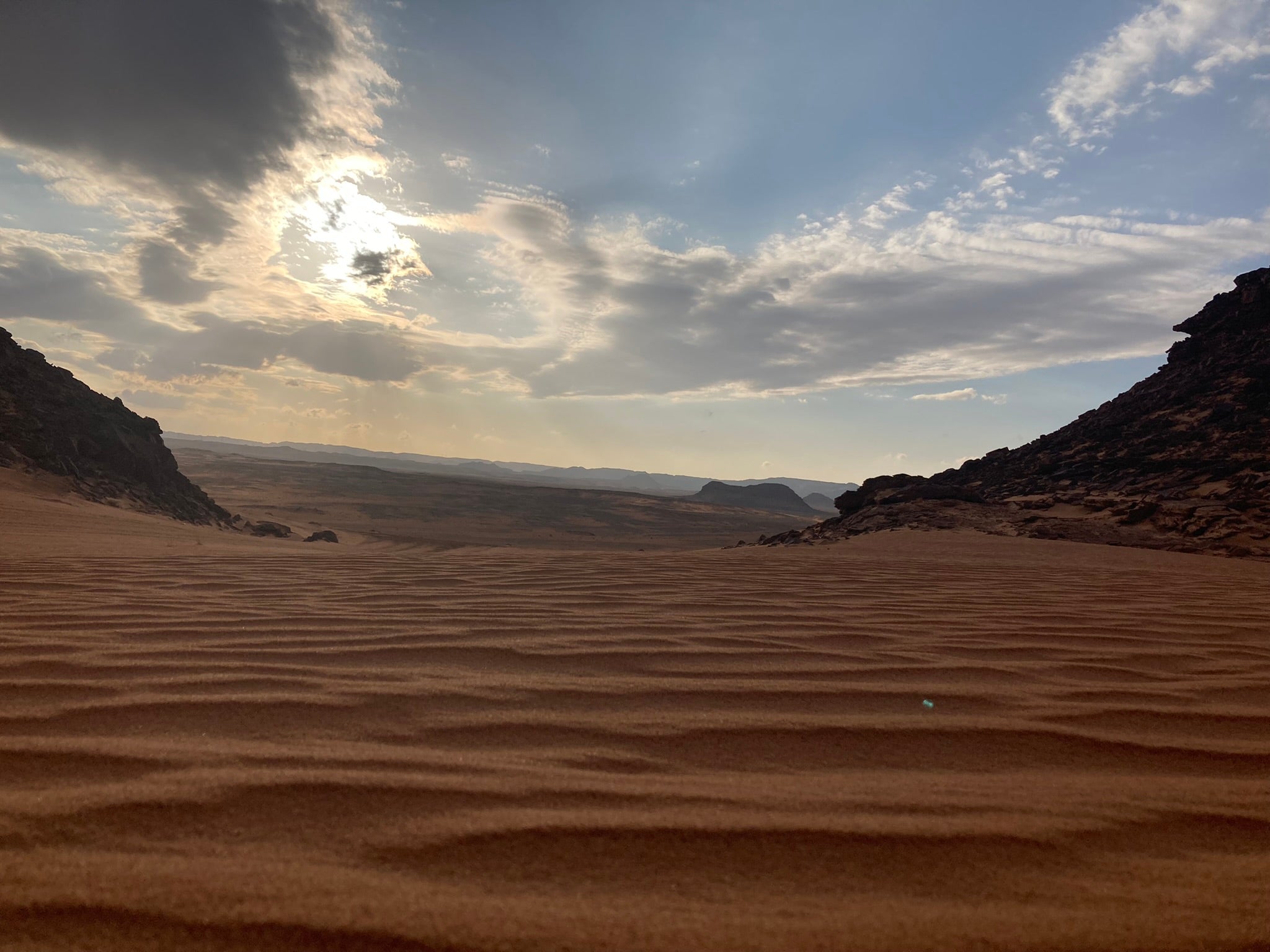
King Salman Bin Abdulaziz Royal Natural Reserve
Location: Northern Saudi Arabia
Size: 130,000 sq. km
Why it’s important
Because it is the size of Greece – the largest of the protected areas that will eventually make up 30 per cent of Saudi Arabia’s landmass by 2030 (The reserve covers about six per cent of the Kingdom).
The King Salman Bin Abdulaziz Royal Natural Reserve has ambitious plans to reintroduce species, increase vegetation cover (with more than 600,000 seedlings planted so far) and preserve the cultural heritage of the reserve – and encourage a nascent ecotourism industry. Regreening the landscape is a community-wide initiative: recently, over 1,000 volunteers scattered seeds in six valleys across the reserve.
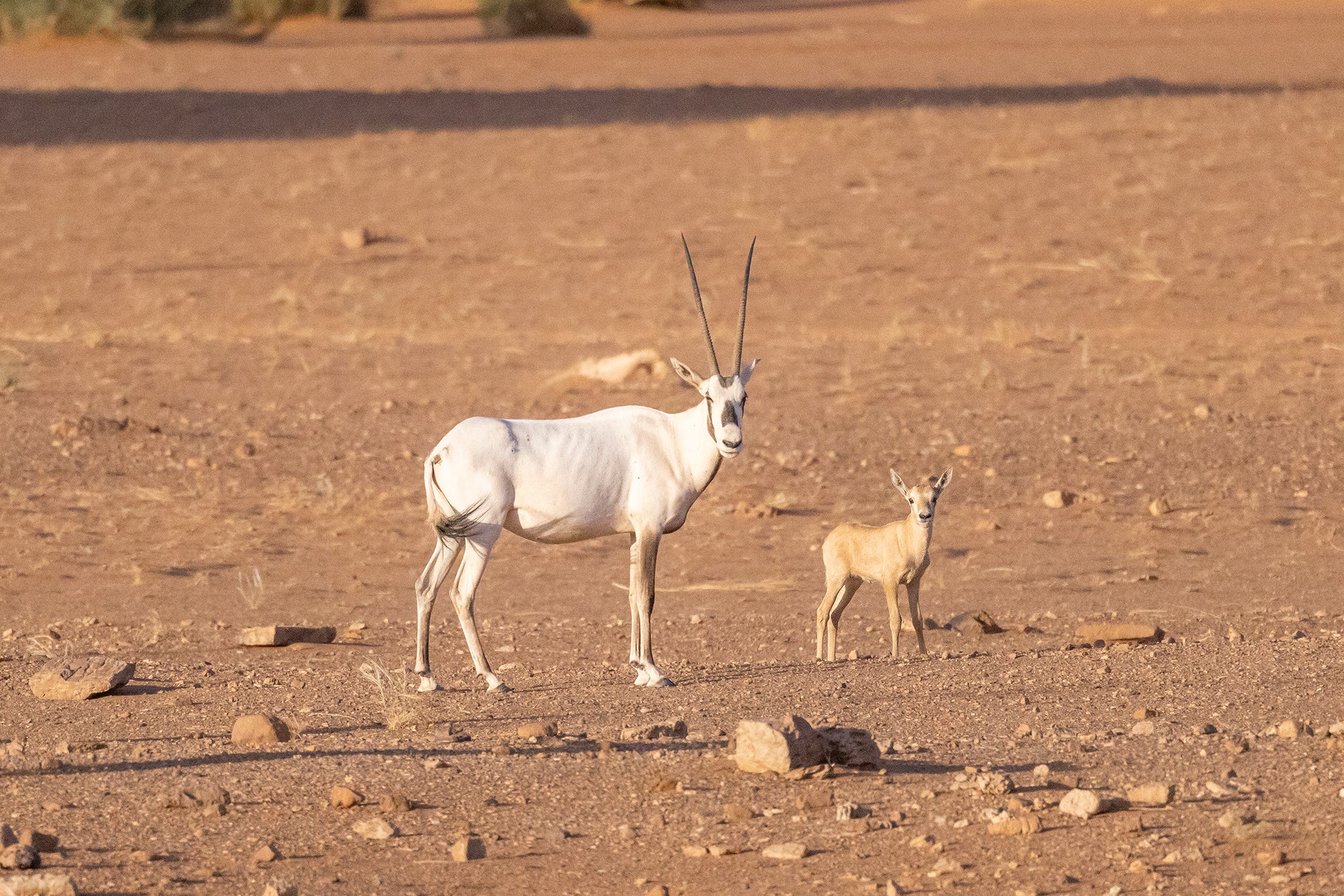
What’s the plan?
The vision for the KSRNR is not to build fences to keep people out, but to invite people in. The area is large enough to encompass middle-sized cities and extensive agriculture and allow a whole range of tourism activities – camel riding, camping, hiking – while protecting the areas where the flora and fauna is most at risk.
The priority is identifying those areas and species. A year-long baseline study, following International Union for Conservation of Nature (IUCN) best practice, is currently under way. It will study the native and migratory birdlife, the mammal population, including ungulates and rodents, as well as native trees and plants.
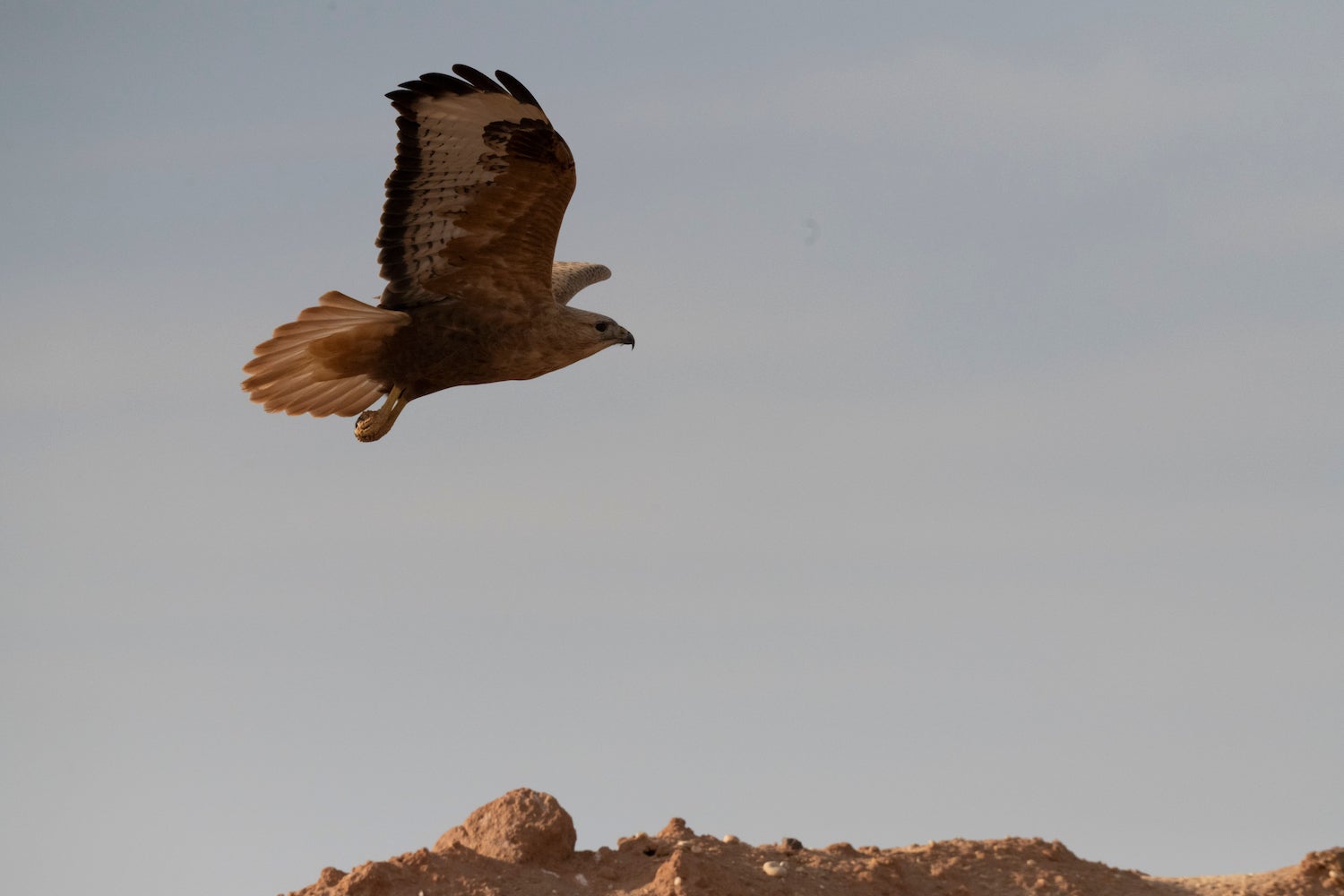
The landscape being preserved
The reserve, established in 2018, comprises three previous protected areas: Al-Tubaiq, Al-Khanfa and Hurra Al-Hurra. The landscapes here range from the shifting dunes of the desert and wind-swept plateaux, through volcanic craters and plains covered in almond trees and wildflowers. The reserve covers four provinces in its 130,700 sq. km, stretching to the border with Jordan. The landscape has been shaped by human activity over the millennia, a legacy that remains very visible, in rock art carved into sandstone cliffs, in hilltop forts and in palaces made of mud.
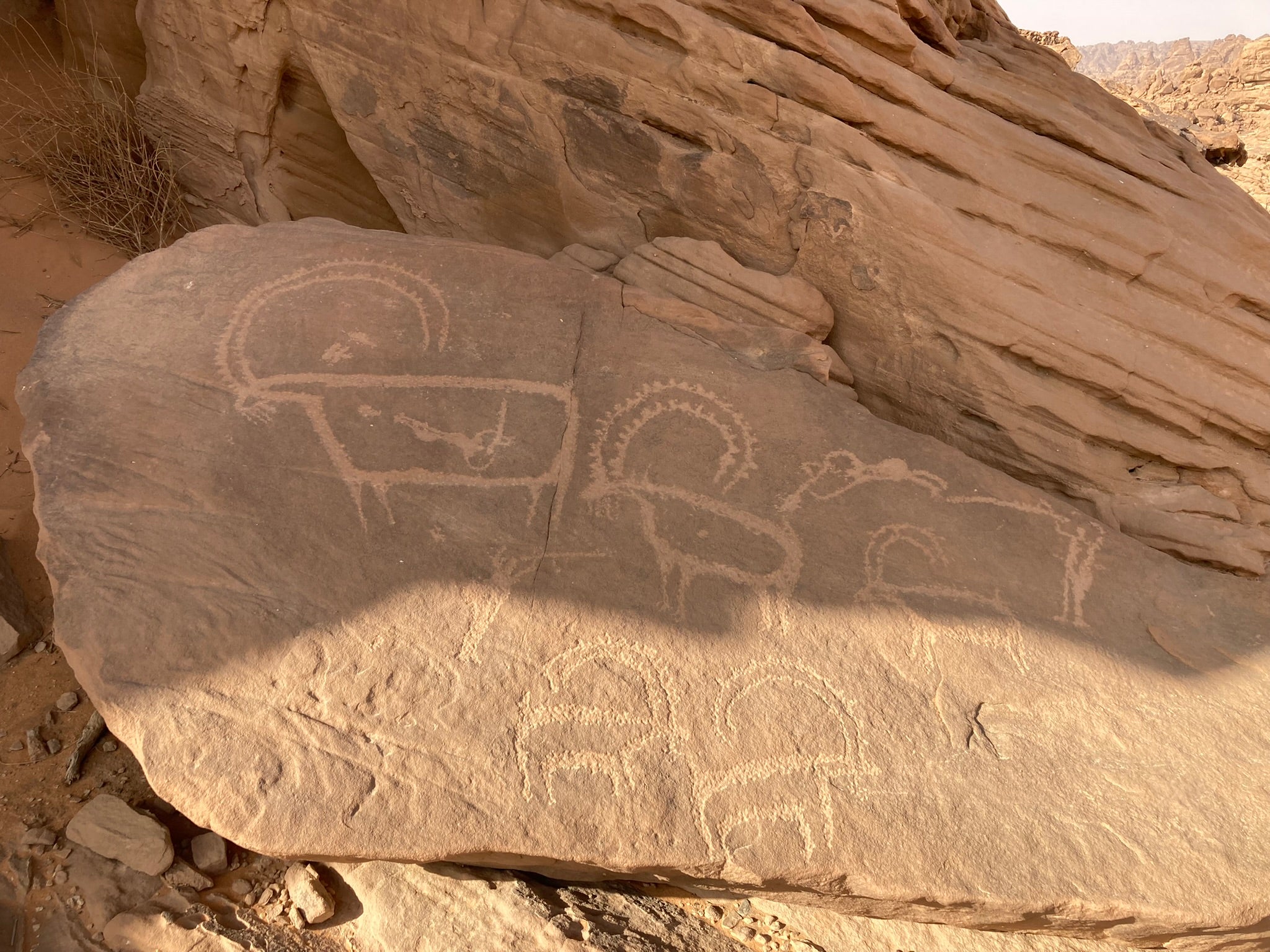
The wildlife being protected
The decline of the world’s vultures has been shockingly rapid: numbers of some species in Africa and the Indian subcontinent have dropped by over 95 per cent in the last few decades, a rate faster than that of the now-extinct dodo in the 17th century. King Salman Bin Abdulaziz Royal Nature Reserve has created a protection programme for vulture species by launching the Avifauna baseline survey project to monitor the numbers of migratory soaring birds and resident birds of prey during the migration seasons; to map the distribution and abundance of the different breeding bird species using the different habitats and landforms in KSRNR; to conduct wintering counts for waterbirds and birds of prey; and to document and estimate the breeding populations of the raptors.
Large raptors here include golden eagles, long-legged buzzards and the Pharaoh eagle owl. One of the region’s most endangered migratory species, the Saker falcon, is also a winter visitor.
With such a broad range of habitats, there is an incredible diversity of wildlife, including the Arabian wolf (a smaller, desert-adapted cousin of the European grey wolf), the sand cat and the Egyptian fruit bat (large enough to be technically classed as a ‘megabat’).
Some endangered species, including the houbara, Oryx, Arabian & Sand Gazelle, and Ibex, have already been reintroduced to the wild.
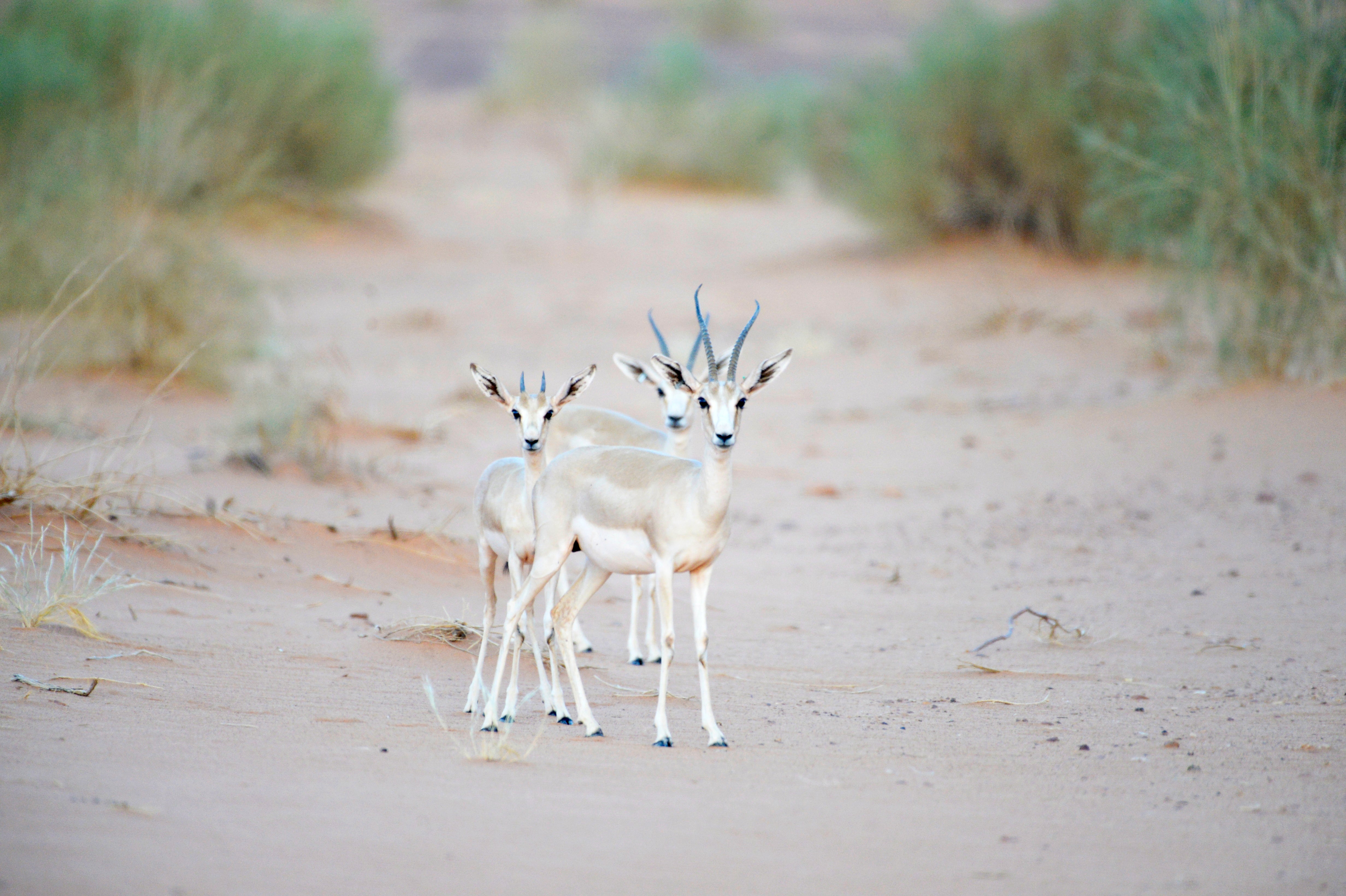
A green viewpoint
Low levels of light pollution make the reserve one of the best places in the world for stargazing. Saudi’s first astro-tourism experience took place at Al-Tubayq here, witnessing the conjunction of the Moon and Jupiter.
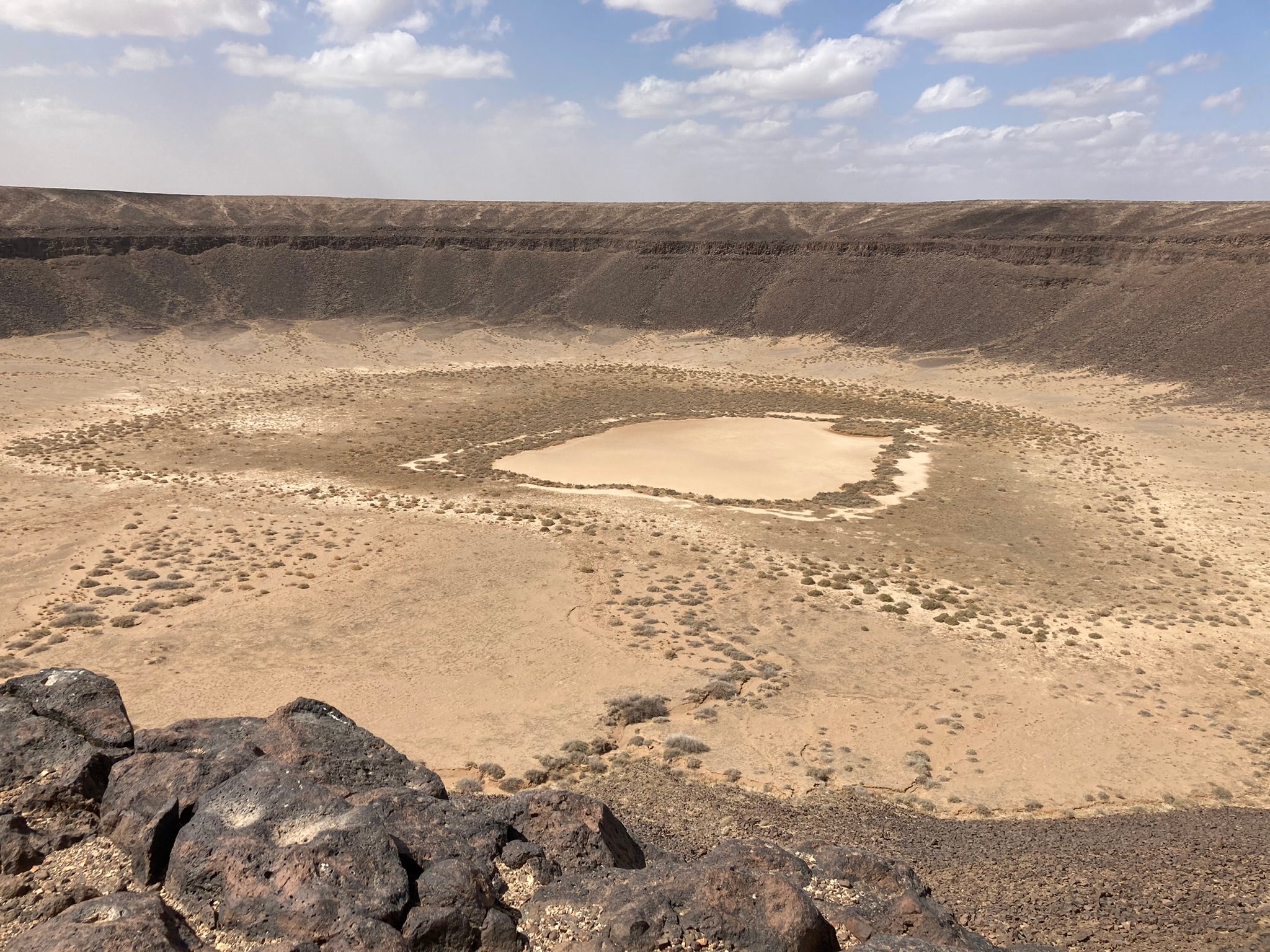
To find out more about the Saudi Green Initiative, visit greeninitiatives.gov.sa/about-sgi/

Bookmark popover
Removed from bookmarks